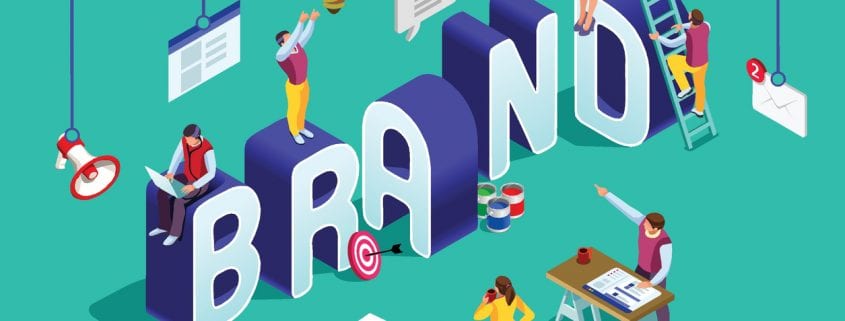
Chatbot Examples: How Businesses are Successfully Using Chatbots
Businesses are constantly looking for ways to engage with their audience in any way they can. The more you engage with them, the more effectively you can nurture them. It’s one of the reasons why companies are beginning to implement chatbots more and more. Chatbots are a form of artificial intelligence (AI) that engage with website users via a messenger. Chatbots use data such as user information and behavior to personalize interactions. They are a great way to keep visitors engaged as they navigate your site by answering basic questions and providing assistance any hours of the day. Considering how popular online messengers are in general (Facebook Messenger alone has more than 1.2 billion monthly users), it should come as no surprise that chatbots are a form of customer service people appreciate. The following are some chatbot examples.
Types of Chatbots
When it comes to implementing a chatbot, it’s important to know that there two main types to choose from: a simple chatbot and a smart chatbot. The following is a brief rundown of their differences:
- Simple Chatbots – Simple chatbots work by implementing a series of commands written by the developer based on pre-written keywords. Basically, the chatbot will only understand a user query if it contains one of these pre-written keywords. If a user engages with the chatbot but doesn’t use any of these keywords, it will automatically respond with something like “I do not understand.” It’s a very basic chatbot, but it can still be useful for answering simple questions.
- Smart Chatbots – Smart chatbots use AI to communicate to users. Instead of replying to user queries and responses with pre-prepared answers, a smart chatbot will respond with appropriate suggestions on the topic. The words of the user will also be recorded for additional data.
How Major Brands Use Chatbots
Now that you have a better understanding of what chatbots are, the following are a few examples of how some of the more well-known companies have adapted chatbots and why they have been so effective for them:
- Adobe – The Adobe chatbot helps users troubleshoot issues by responding to questions with links to pages that contain the solutions. It’s a no-frills chatbot, but it’s one that users can rely on when they have questions or issues.
- Arsenal FC – The London based Arsenal soccer team has a chatbot that provides users with real-time updates about ongoing games. It is useful for anyone who can’t catch the game on TV. Their chatbot also provides information about upcoming games, team line-ups, and team-related news.
- Universal Studios – The chatbot used by Universal Studios in hugely helpful in a number of ways. First, it can provide a significant amount of information while users are at one of their parks, such as where the nearest restroom is or what the wait times are for certain rides in real time. It also gives users the chance to speak with a human representative if the chatbot can’t provide the answer they’re looking for.
- Dominos – Dominos lets its customers order food through its chatbot. It’s like someone is taking their order over text. The chatbot asks customers what they want and will follow up with specific questions about customization options. It’s particularly customer-friendly because customers don’t have to download or sign-up for anything. The chatbot can also save your preferences for future orders.
These few successful chatbot examples show just how helpful using chatbots can be, especially when it comes to improving your customer service.









